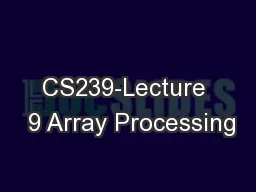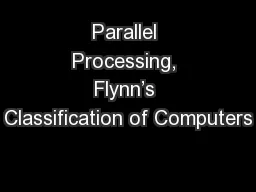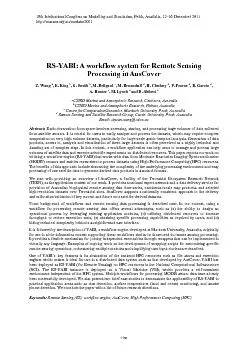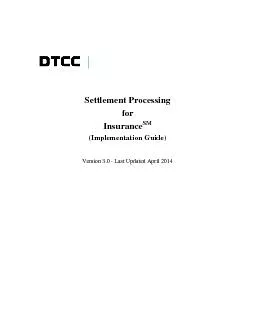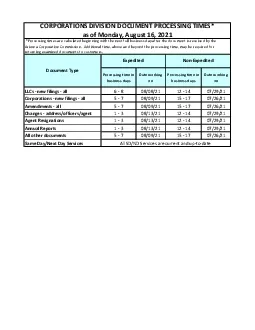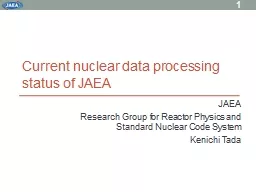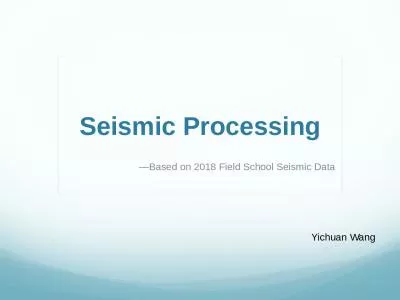PPT-Introduction to Infrasonic Data Processing
Author : luanne-stotts | Published Date : 2018-11-14
Fransiska Dannemann Brian Stump LAUR1726690 IRIS USArray Short Course 2017 August 8 th 2017 Overview Difference Between Seismic and Acoustic Data Brief Introduction
Presentation Embed Code
Download Presentation
Download Presentation The PPT/PDF document "Introduction to Infrasonic Data Processi..." is the property of its rightful owner. Permission is granted to download and print the materials on this website for personal, non-commercial use only, and to display it on your personal computer provided you do not modify the materials and that you retain all copyright notices contained in the materials. By downloading content from our website, you accept the terms of this agreement.
Introduction to Infrasonic Data Processing: Transcript
Download Rules Of Document
"Introduction to Infrasonic Data Processing"The content belongs to its owner. You may download and print it for personal use, without modification, and keep all copyright notices. By downloading, you agree to these terms.
Related Documents

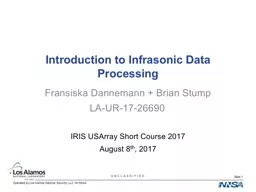
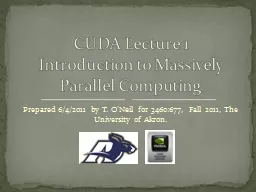
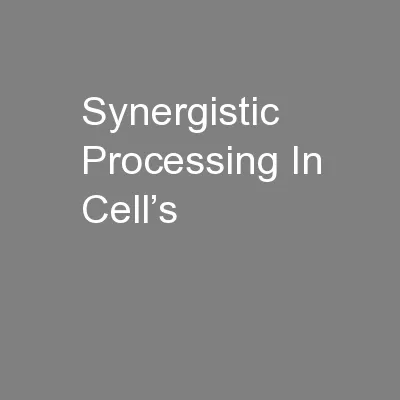
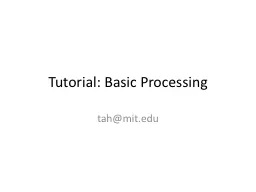
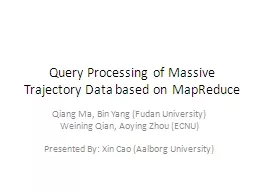
![Cloud Processing at ESA [EO Payload Ground Segment]](https://thumbs.docslides.com/616987/cloud-processing-at-esa-eo-payload-ground-segment.jpg)
